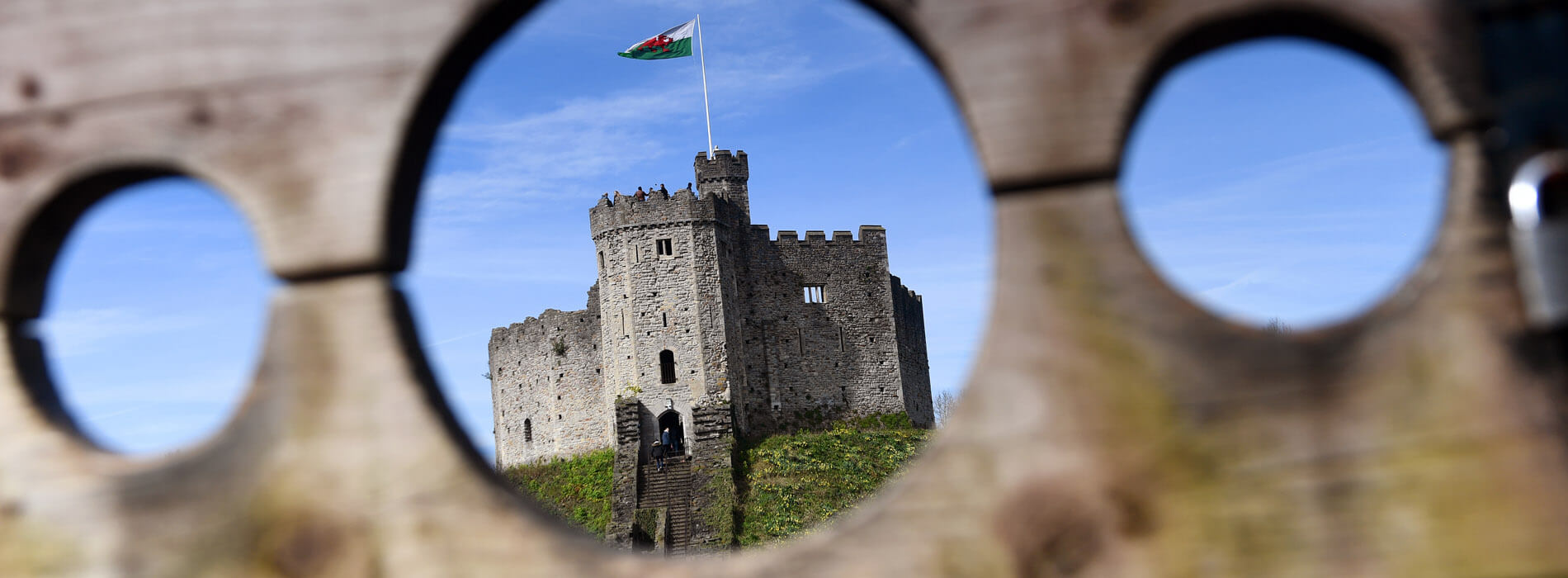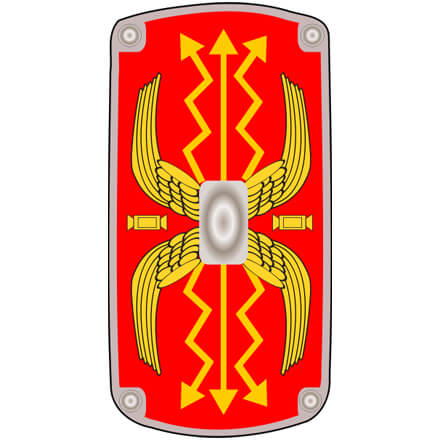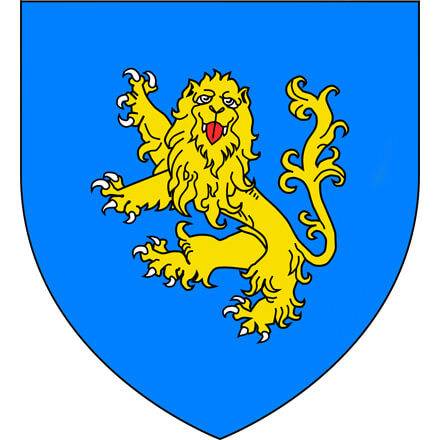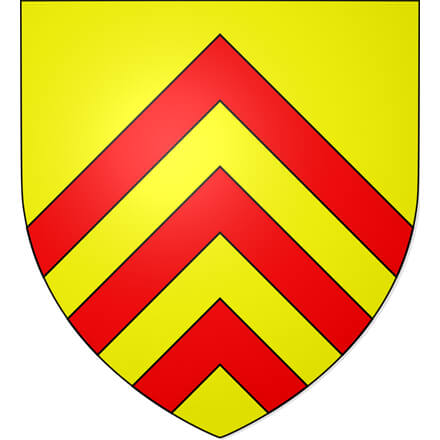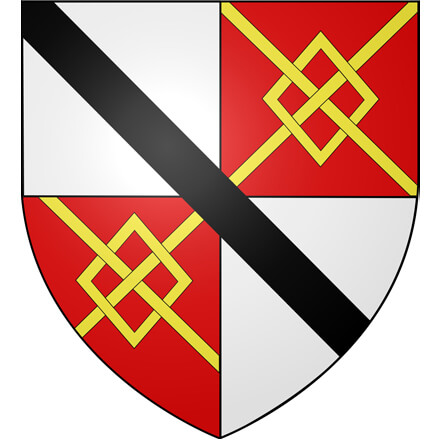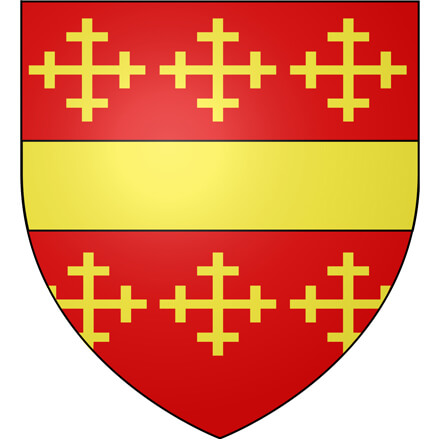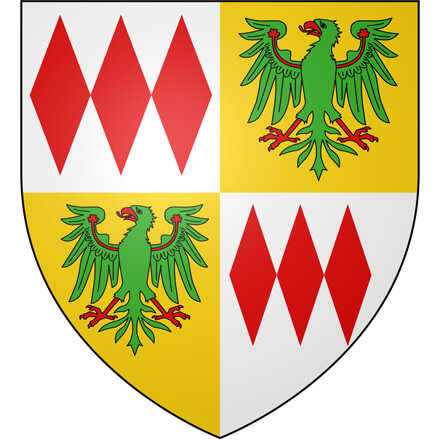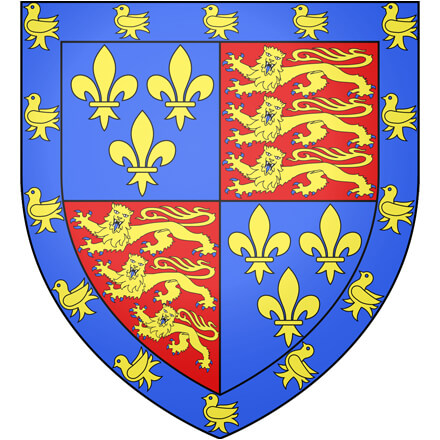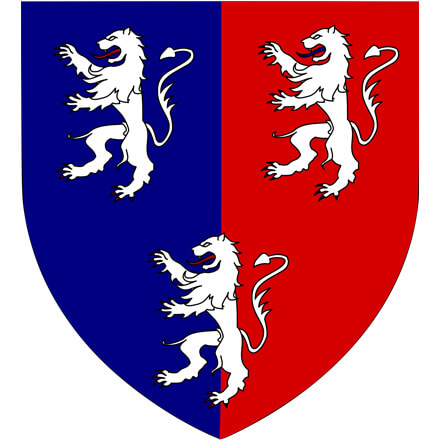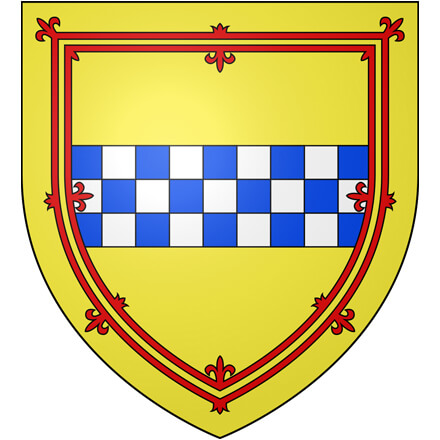What are you looking for?
The Butes
1776 – 1947 AD
The lordship was to be held by the Bute family, until 1947, when the Castle was given to the City of Cardiff. The Bute family brought power and prosperity to Cardiff, which they turned from a sleepy backwater into one of the greatest coal exporting ports in the world. They transformed the Castle into the gothic fantasy we see today, as well as revealing the Castle’s Roman past
In the 1770’s, ‘Capability’ Brown and his son-in-law, Henry Holland embarked upon an ambitious plan to landscape the grounds and modernise the lodgings. Brown cleared away the Lodgings of the Norman Knights and the Shire Hall, from the green. Brown stripped the Keep of its ivy and cut down all the trees growing on the ancient mound. He also filled in the moat.
Holland remodelled 16th century Herbert additions and rebuilt to the north and south of the hall, the greater and lesser wings. The Great Hall was partitioned off into a new Entrance Hall, a Library and a Dining Room. Above the Hall, the bedrooms were modernised and given such names as the Red Room, the Velvet Room etc…
In 1814, John Stuart 1st Marquess of Bute died. The Lordship passed to his grandson, the 2nd Marquess of Bute, who developed the estate’s potential for industry and shipping. During the 1820’s the Castle underwent further restoration
In March 1848, the Marquess was found dead. His son and heir, John Patrick Crichton-Stuart, 3rd Marquess of Bute – destined to become one of the greatest private patrons of architecture this country has seen – was only six months old.
In 1865 Lord Bute invited architect William Burges to present a report on the state of the Castle; it was the beginning of a momentous partnership that was to last for sixteen years, and Cardiff Castle was to be transformed into a Neo Gothic dream palace.
Burges brought together a group of men who were to work with him throughout the restoration of Cardiff Castle. Lord Bute called in distinguished local historians and he assisted with tracing the history of the Castle. He ordered the setting up of the ‘Bute Workshops’ and employed the finest Welsh craftsmen.
Work started after Bute’s workmen pulled down the houses built against the South Curtain Wall. Burges restored the stonework, and he added a covered parapet walk with embrasures and arrow slits. The Clock Tower was built on the site of a Roman bastion and completed in 1875.
In 1872 Lord Bute married the Hon.Gwendolen FitzAlan Howard, one of the beauties of the time. The couple had four children, and Burges designed a Nursery especially for them. Work continued with the rebuilding of the Bute Tower and Herbert Towers, as well as the new Guest and Tank Towers. The 15th century Octagon Tower was restored with the addition of a timber fleche or spire above the battlements. Burges created a Library and the Banqueting Hall within the late medieval residential block.
When Burges died in 1881, his work was continued by his former assistant William Frame. Frame built the Animal Wall and was responsible for restoring the newly discovered Roman remains. The 3rd Marquess died in 1900. His son, the 4th Marquess, continued to restore the Castle Walls and in the period 1922-5 oversaw the reconstruction of the Roman Wall to Duke Street, as well as the building of the Barbican Tower, designed by his architect John Grant. A new entrance hall to the castle was added in 1927.
Cardiff Castle largely escaped enemy action during the 2nd World War, although two adjacent lodges were destroyed, and the outer walls were used as air-raid shelters, capable of holding nearly 2000 people.
In 1947 the Castle was given to the people of Cardiff by the 5th Marquess of Bute.


